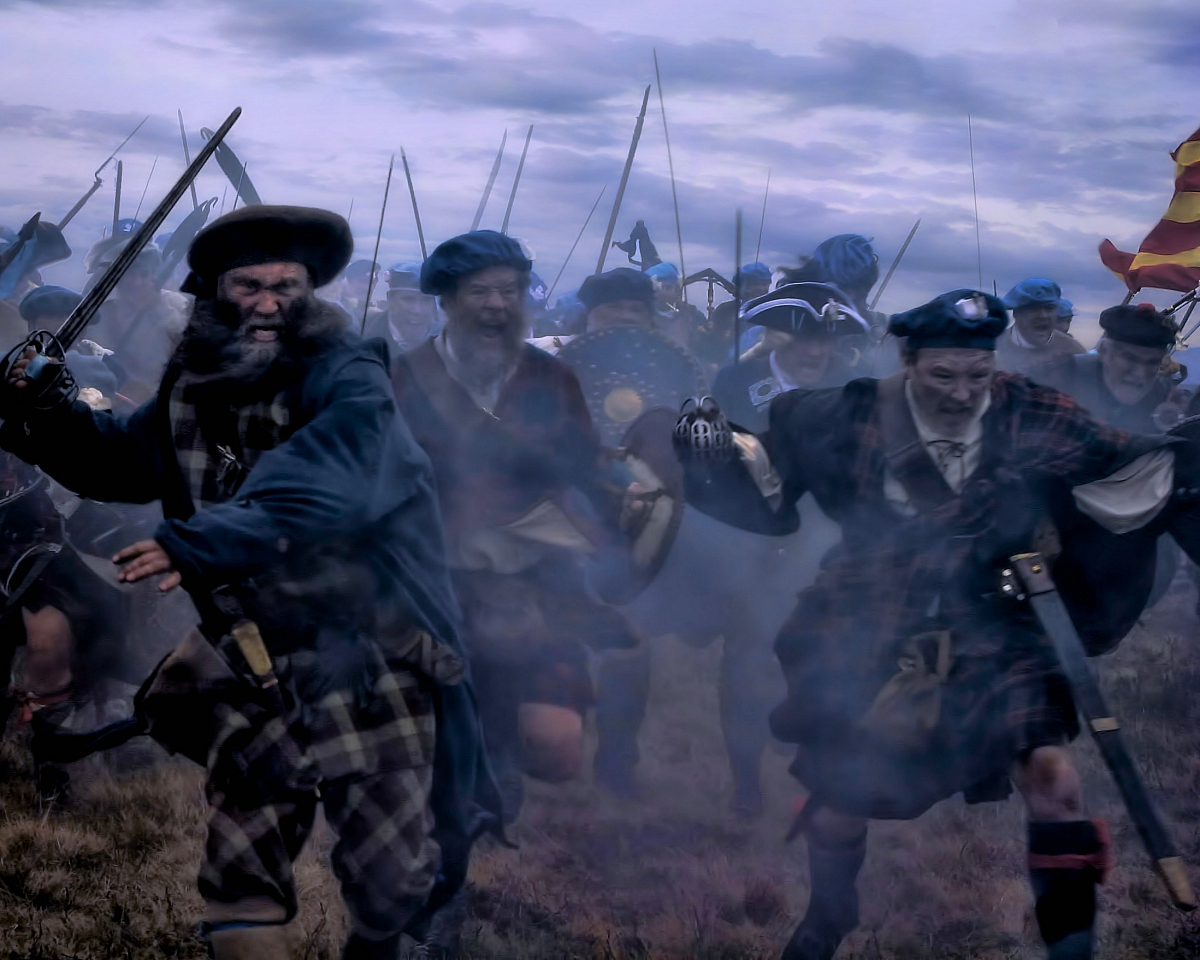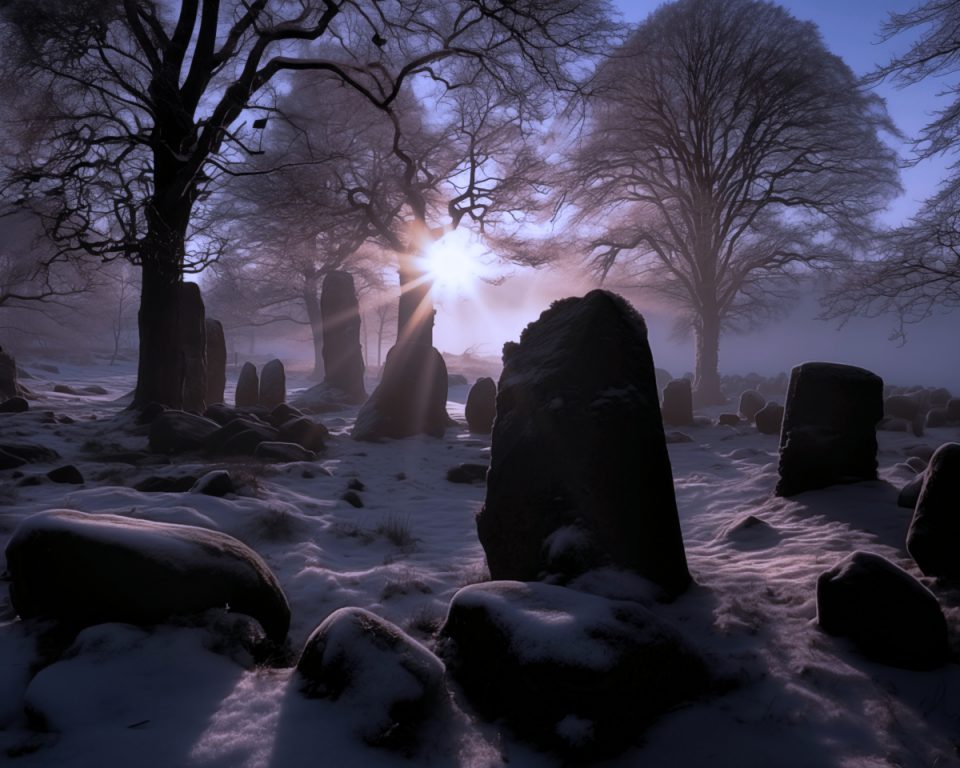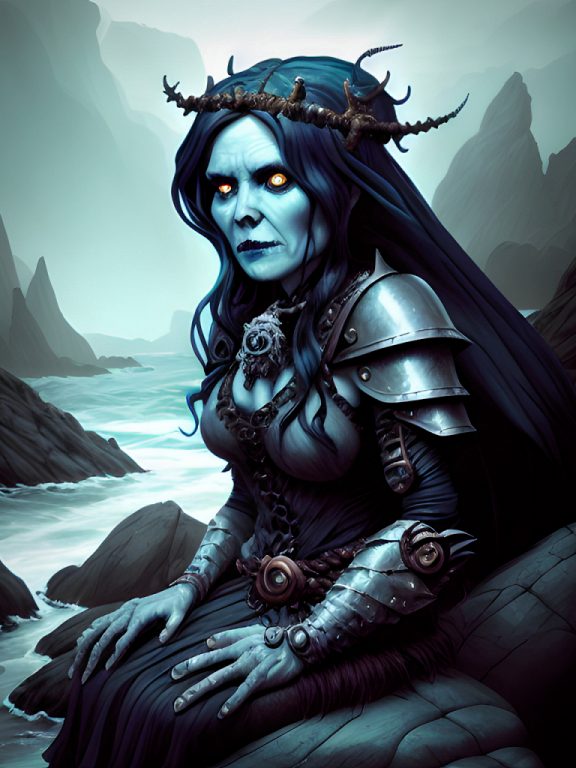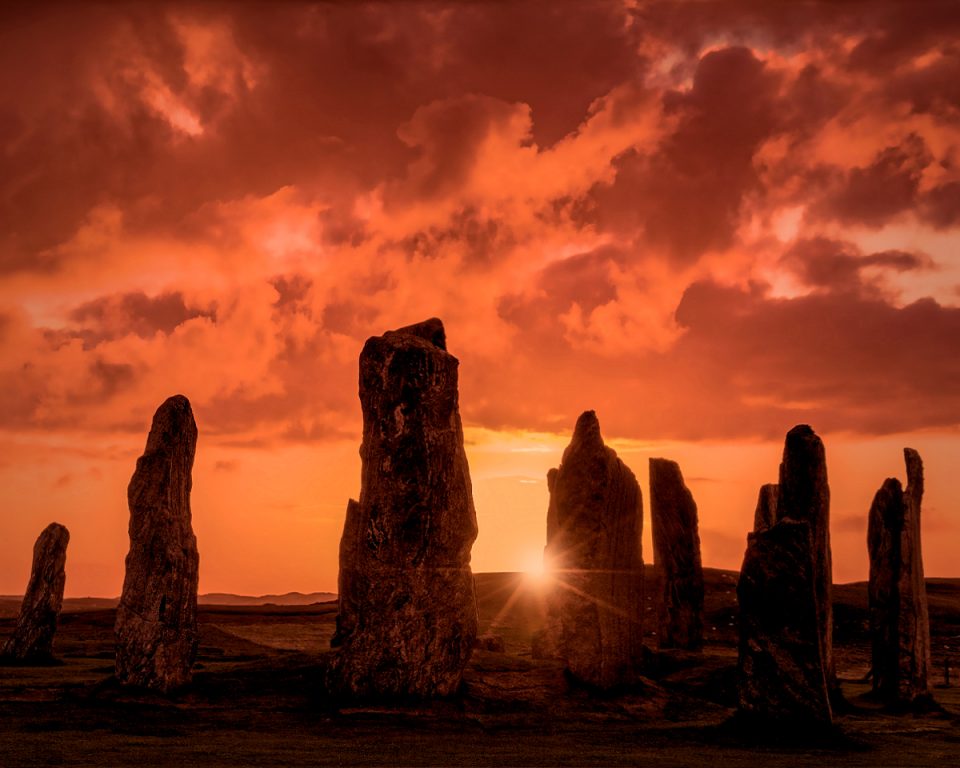The Battle of Culloden was the last battle to be fought upon British soil. The Battle would prove to be the death knell of the Jacobite cause. On the lead up to the Battle, there were who had premonitions that things would not go well for the Jacobites.
Events at the Battle of Culloden
The Battle of Culloden took place on the 16th of April 1746 on Drumossie Moor, overlooking Inverness. Charles Edward Stewart would meet a well-supplied government army, led by the Duke of Northumberland, son to King George II. Ignoring advice to launch a guerrilla campaign, Charles chose to stage a defensive action and confront his enemy on the marshy, rough ground of Drummossie. The ground was too soft to accommodate the Highlander’s favourite tactic: the headlong charge into enemy ranks. Culloden did, however, lend itself more to Cumberland’s strength in heavy artillery and cavalry. The artillery decimated the Jacobite lines as they waited for the command to charge. Charles waited for Cumberland’s men to make the first move but seeing how successful their bombardment was the English kept on firing. When the command came to charge five minutes into the fighting, it was too late. Many had already fallen.
Even the wind worked in Cumberland’s favour. Smoke from the cannon fire blew towards the Jacobite troops, concealing the Redcoats from view. Cumberland’s men fired volley after volley towards the waiting Jacobites.
The Highland Charge
At last, the call was given to charge. Cumberland switched to grapeshot and effectively wiped out the front line. Fifteen minutes into the battle, the ranks were close enough to engage in hand to hand combat. Cumberland tried a new strategy. Normally after discharging a musket, the common practice was to use a bayonet. The Highlanders on the receiving end would take the bayonet on their targe or shield, then turning the shield aside bring down their sword on their exposed opponent. However, at Culloden, the Redcoats discharged their muskets at the Jacobite directly ahead of them, then bayoneted the Jacobite to the right, in effect, underneath the upraised sword arm and penetrating the Highlander’s chest.
The Atholl and Locheil regiments managed to break the Redcoat lines, but in the space of three minutes, seven hundred Jacobites were slaughtered. The redcoats then turned their attention to the enemy regiments who were struggling to charge through the bog and began to surround them.
The Jacobites began to retreat and escorted the Prince away from the battlefield. In less than one hour 1,500 Jacobites were slain. Officially 50 government troops were killed although in reality some 200 to 400 Redcoats died.
The Brahan Seer and The Second Sight
Precognition, the second sight or as it is called in Gaelic An Da Shealladh (the two sights- normal sight and the sight of the seer), has always been an integral part of Highland culture. The ability to either foretell the future or to ‘see’ an occurrence which is happening miles away is a ‘ talent’ said to run in Highland families. Those who have these visions have been called ‘seers’ – and while some of them considered this ability as a talent or gift, many saw it as a curse.
Perhaps the greatest and most famous of all the Highland seers, was the Brahan Seer. The Brahan Seer was born at Baile-na-Cille, in the parish of Uig on the Isle of Lewis at the beginning of the 17th century. His name was Kenneth MacKenzie but he was known as Coinneach Odhar or Sallow Kenneth.
The Brahan Seer foretells the Battle of Culloden
The Brahan Seer made at least three predictions about the Battle of Culloden. The first prophecy was about a shadow covering Culloden Moor. In the second he stated: ‘the day will come when the wheel at Millburn will be turned for three successive days with water red with human blood; for on the lade’s bank a fierce battle shall be fought in which much blood will be spilt’
He was travelling on some business in the Culloden area and while passing across Drummossie ridge, on the moor road, was taken sick, calling, ‘Oh! Drummossie, thy bleak moor shall, ere many generations have passed away, be stained with the best blood of the Highlands. Glad I am that I will not see that day, for it will be a fearful period; heads will be lopped off by the score, and no mercy will be shown or quarter given on either side.’
Ultimately the Brahan Seer’s gift would have him burnt as a witch in the Scottish Witch Trials.
Duncan Forbes foretells the end of the Jacobite Conflict
Duncan Forbes was the Lord Advocate, Lord President of the Court of Session and an avid Hanoverian Supporter. He was an unlikely seer. A gentle, man of the law, he was at home in the courts of Edinburgh. He spent much of his personal fortune in successfully persuading several clans not to join the Jacobite cause. When the fighting was over, the Government snubbed his loyalty and only repaid a small fraction of his expenses. Ultimately this betrayal would lead to his death.
However, during the period when the Jacobites were riding high with their victory at Prestonpans and their occupation of Edinburgh, Forbes was at his ancestral home at Culloden House. As he looked out of the window, overlooking the bleak stretch of waterlogged moorland, which was Drumossie, he uttered, ”All these things may fall out; but depend on it, all these disturbances will end on this spot.”
The Washerwoman appears before the Battle of Culloden
Donald Cameron of Lochiel was head of Clan Cameron who was allied to the House of Stuart. The Camerons were a fierce force to be reckoned with because of their sheer number and their ability to fight together in a corps. However, the Clan suffered severe losses at Culloden and Lochiel was badly wounded.
Before the Battle of Culloden, Lochiel saw a washerwoman cleaning blood-soaked, white shrouds in a stream. Amongst the Highland people, the washerwoman or the Bean Nighe was a common portent of a violent death. She was a close relative of the Banshee or Bean Sihde but, whereas the Banshee would wail before an impending death, the Bean Nighe spends her time at streams and ponds washing blood from the clothes of those who are about to die.
According to legend, she’s the ghost of a woman who died during childbirth. In most descriptions, she is small in stature, ugly appearance, and hooked nose with one large nostril. Others point out her webbed feet and long breasts. In some places, the Bean Nighe dresses in green.
The Skree of Culloden
On the eve of the Battle of Culloden, a horrific harbinger of doom was allegedly seen hovering over the Jacobite forces. It was described as being a harpy-like creature with a human head, leathery wings and red eyes. Among those who saw it was Lord George Murray, a general renowned for his level-headedness. The horrendous apparition eventually disappeared but was never seen again until the early 1990s.
A Modern Account of the Skree
In the book ‘Culloden Tales’, by Hugh G Allison, there is an account by a tour guide named Mike. He stated:
‘There was a full moon as we walked across the moor, and just a hint of mist starting to form. Although the evening was cold, it was blessed by that winter’s edge that makes you glad to be out, so we paused at the stone inscribed “The Field of the English”.
‘I was looking down the government lines when I saw it. I drew the attention of the others to what looked like a large, black, broken umbrella, straddling the path, close to the yellow flag. Imagine our surprise, therefore, when it stretched itself and arose from the ground, looking like nothing quite so much as a giant black bat. It creaked its way into the sky, although not far, and then, after hanging there for seconds, it disappeared. It didn’t fly away. It just disappeared, vanishing before our eyes, like the picture on an old TV – phttttt! – into a flat line, then gone.
‘To say we were surprised would be an understatement. For a few moments, we just stood there, mental vacuum and mental funk. Then, in a burst of one-upmanship, we all headed down the lines to investigate. There was nothing to be seen and, in a reasonably upset frame of mind, we got on with the rest of the night. ‘Next morning, when I visited the property, I told the manager – Ross Mackenzie – of our encounter. With a cry, he tackled a tottering heap of documents and paperwork to triumphantly reappear brandishing an article that had, many years previously, been published in a reputable newspaper. He gave a copy of the article to me, telling me that I had been one of the unusual few to have seen the Skree of Culloden.’
Haunted Culloden
Although Culloden was the last battle to be fought on British soil, some say that the fighting has never stopped. They say that the fallen fight between the burial mounds on the moor. On the anniversary of the Battle, the ghosts of the fallen soldiers are said to rise again. The cries of the wounded and the clash of metal weapons striking are heard, ringing through the air.
So if you should venture onto Culloden Moor today- beware! You never know who or what you might encounter from other realms… And it is not the only Jacobite battlefield said to be haunted!
Please feel free to share the spooky by using the links below or leave us a message in the comments box.




